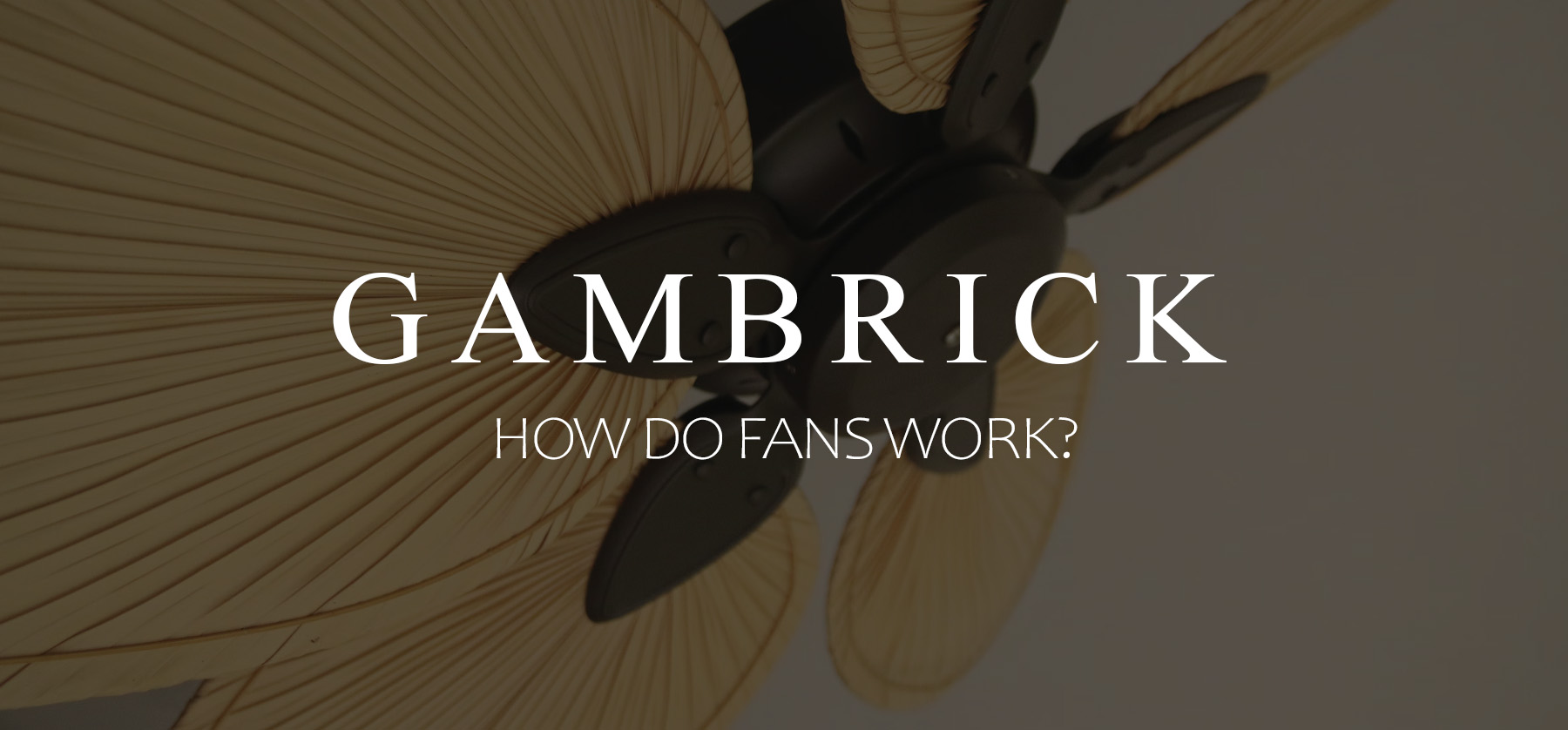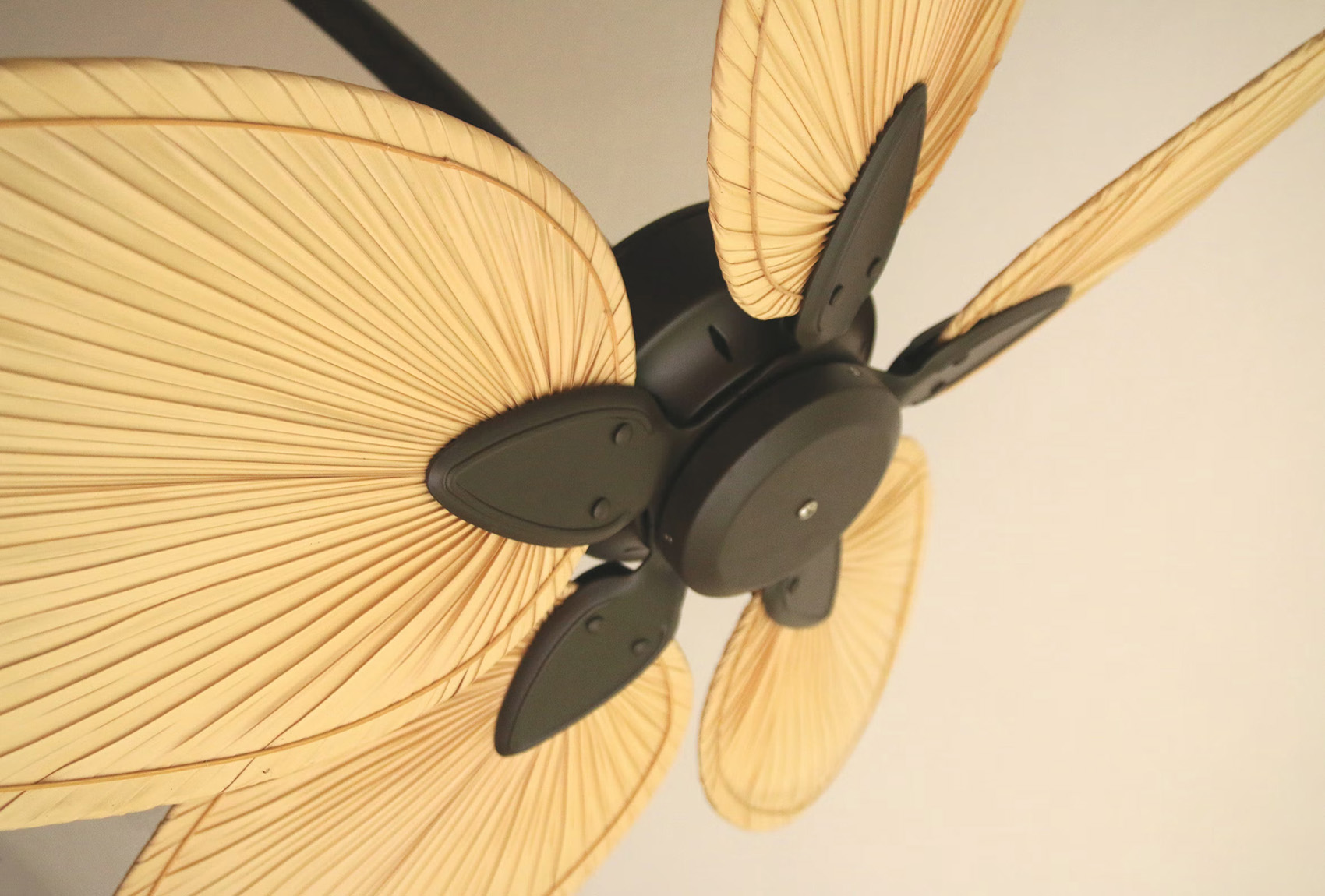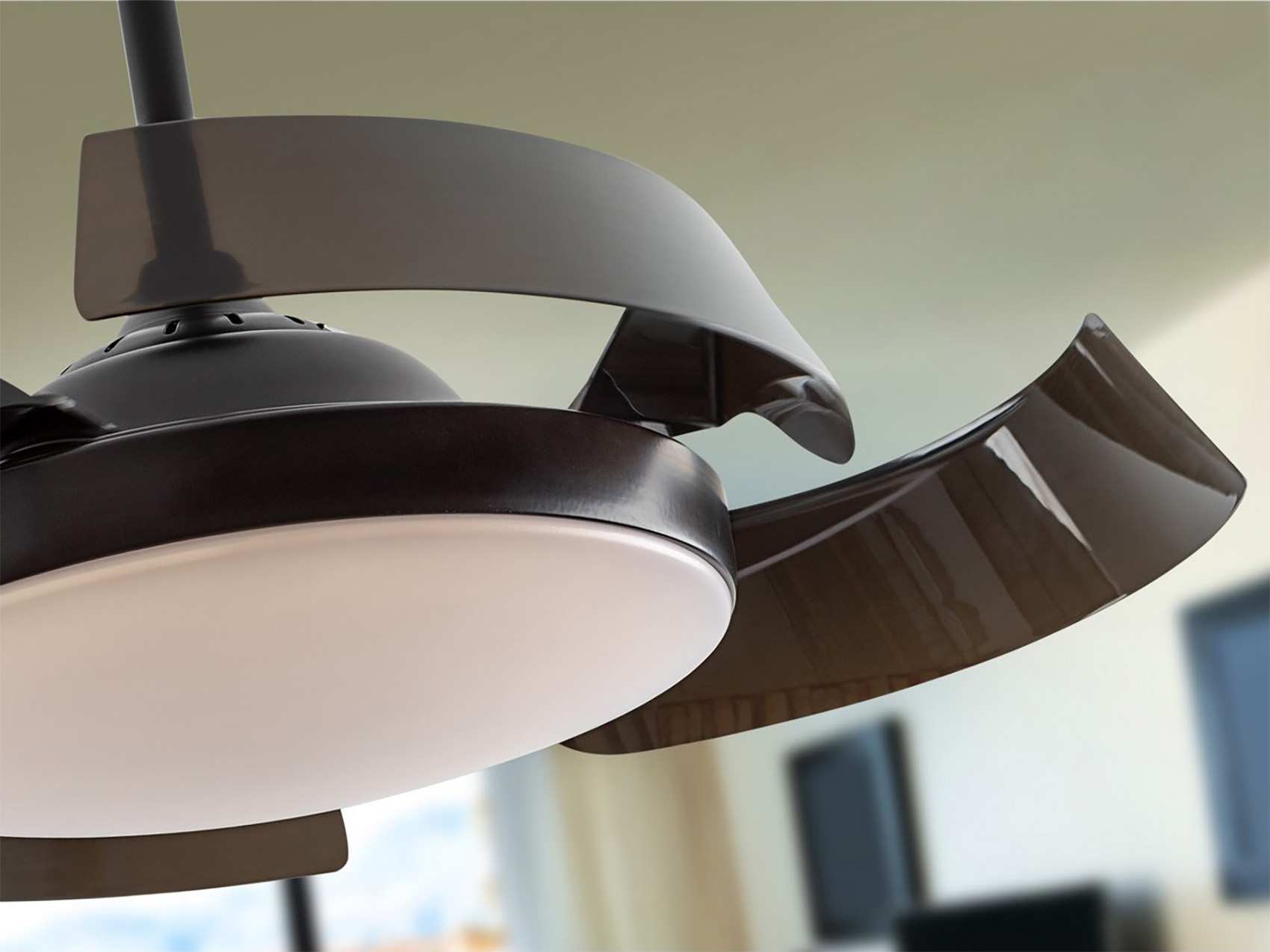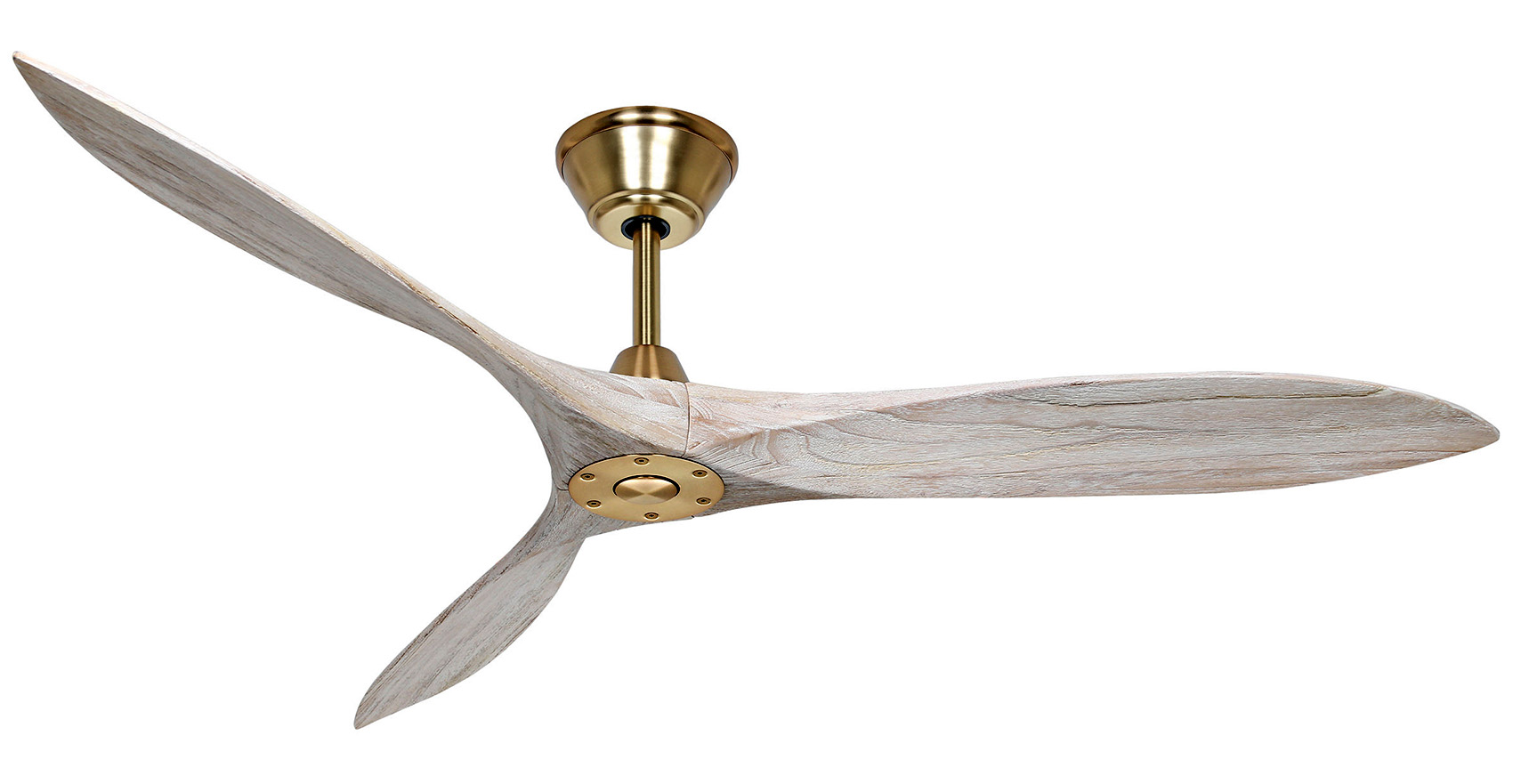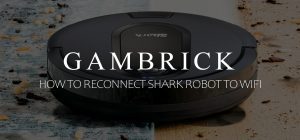How Do Fans Work?
Fans work by moving the air around them with spinning blades. The blades are tilted at an angle which pushes air as they move based on the direction they spin. An electric motor mounted inside the fan’s base is what makes the blades spin. The motor is connected to your home’s electrical system and comes on by the flick of a switch, the push of a button or by pulling a cord. Fan blades are affixed to the motor and spin as fast as the motor spins. Most fans have multiple speed settings. The number of blades and revolutions per minute your fan can do differs will differ depending on the style and brand of fan you use.
Fans don’t actually cool the room when they blow air. Instead, they create a wind chill effect on your body. The faster the blades spin the more air is moved. This movement creates a breeze, but it doesn’t actually cool the room. It simply circulates the air. In some cases the air up high is actually warmer than surface level air because hot air rises. But it can still make you feel cooler. When air blows past your skin it has a cooling effect because your own body heat is being pushed away. This is why wind makes you feel so much colder in Winter as it pushes away your body heat.
The U.S. Department of Energy estimates the chilling effect you feel from a fan is equal to 4 degrees of heat. This airflow allows your skin to evaporate sweat faster, which makes your body feel cooler and reduces body heat. The more heat that’s blown away from your body, the cooler your going to feel.
How Do Fans Cool Air?
Fans do not actually cool the air, they make us feel cooler by creating a wind chill effect. When fast moving air blows past our skin, it increases the rate at which our bodies lose heat due to convection and evaporation. The blowing air from the fan displaces the warmer air that’s in direct contact with our skin. Because the warmer air is blown away, which is created by our own body heat, we feel cooler.
- Fans make us feel cooler, but they don’t actually cool the air. Our bodies create a lot of heat. When the air is still that heat stays close to our bodies and makes us feel warmer. This can be bad in the Summer but good in Winter.
- When air blows past us, be it by a fan or nature, out warm body heat is blown away with it. This can make us feel cooler on hot days but colder on cold days. In Winter this is know as Wind Chill.
The air being blown by a fan can make us feel cooler even if it’s slightly warmer than the air around us. This is because moving air is displacing our body heat and sweat which makes us feel cooler.
The temperature inside the room is usually not being reduced by a fan, we just feel like it is.
Fans Circulate Air By Creating A Downdraft
The typical way air moves is for hot air to rise up toward the ceiling. When a ceiling fan is turned on, it reverses the flow by pushing hot air back down. When warm air is pushed down by the fan, cooler air rushes up to fill the void.This creates circulation and air flow throughout the room. It also mixes warm upper air with cooler lower air which evens out the air temperature inside the room. But it doesn’t actually cool the air.
A ceiling fan’s downdraft is how it circulates air. Hot air continues to rise while the fan push it back down. This continuous rise and fall of warm air is what creates circulation.
As air is blown past out bodies, it carries body heat with it. This has a chilling effect which makes us feel cooler even though the air is the exact same temperature.
How Do Fans Move Air?
Understanding how a fan moves air is very simple. The blades are angled in such a way that pushes air as they move. This is exactly the same way a propeller moves a plane through the air. The faster the fan blades spin, the more air they move. Fan blades are connected directly to the motor. There’s no transmission or fancy gearing. When the motor spins faster, so do the blades. Most fans come with 3 speed settings, slow, medium and fast. Many also come with reverse mode which makes the blades spin counter-clockwise instead of clockwise. This makes the blades suck in air rather than pushing air out.
Ceiling fan motors run on electricity and are wired into your home electrical system.
Fans are usually wired to a switch but can be hard-wired without one as long as building codes allow it.
Fans can be turned on by flipping a switch, pulling a cord or by remote control. Newer fans even have smart features and can be controlled by an iPhone.
Fan blades come in a variety of shapes and sizes but they all perform the same basic function. As the move through the air in a clockwise direction they push air down. And when the blades are reversed and spinning in a counter-clockwise direction, the pull air up.
Do Fans Actually Cool A Room?
No, fans do not cool the temperature in a room simply by being switched on. In some cases they can actually increase temperature inside the room because they push hot air down to the ground where we are. Normally hot air rises to the ceiling near the fan. Moving air helps you cool off because your own body heat is being blown away from your skin. This is also known as heat loss or the “Wind Chill” effect.
Mammals, including humans, regulate their body heat through a process called thermoregulation. This is done through conduction, radiation, convection, and evaporation. This is a very important process because out bodies need to stay within a constant temperature range. If we get too hot or too cold it’s bad for our health.
Fans make us feel cooler by effecting convection and evaporation.
- On a really hot day, your body sweats to cool off through evaporation. If the air is still, that evaporation stays on your skin and feels uncomfortable. The breeze created by a fan helps dry your skin and cool it down, which actually helps evaporation.
- Our body constantly gives off body heat by convection. This keeps us warm in Winter but makes us feel hot is Summer. The breeze from a fan pushes body heat away from our skin which makes us feel cooler.
Fans do not actually have to cool a room to make it feel cooler. Simply by creating air flow, they can make you feel cooler than you really are by displacing our warmer body heat.
How Do Fans Cool You Off When We Sweat?
On a warm day or when we exercise, our bodies sweat to reduce body heat by evaporation. If the air is still, evaporation causes the area to hit 100 percent humidity. This can be b0th uncomfortable and inefficient as it becomes harder for the body to evaporate moisture when the skin is wet. However, when a fan blows air past damp skin, it dries it out, carrying excess body heat with it. This cools the body down and makes future evaporation easier to do and more efficient.
Does Putting Ice In Front Of A Fan Work?
Yes, putting ice in front of a fan will cool the air being blown over it. Essentially it turns your fan into an AC unit until the ice completely melts. As air moves over the ice it becomes chilled which then circulates cold air around the room.
Do Fans Work?
Fans circulate air throughout the room by quickly spinning their blades. The faster the blades spin the more air a fan can move. Our bodies produce a lot of heat which stays close to our skin when the air is stagnant. This can make us feel hot in Summer or warm in Winter. As air blows past, it dries the skin of sweat and pushes away out body heat. This makes you feel cooler even though the fan didn’t lower the air temperature inside the room. This is called “Wind Chill” or “Heat Loss”.
If you’re using a fan to circulate air and make you feel cooler, then yes they work. But if your installing a ceiling fan to lower the air temperature inside a room, then no, they don’t work.
A ceiling fan will make you feel cooler by circulating the air, but they don’t lower the air temperature inside the room.
Tips For Buying A Ceiling Fan
Ceiling fans circulate the air inside a room by spinning a series of blades in a clockwise direction. They can improve comfort year round by changing the direction the blades spin. In the summer, spin the blades in a standard counterclockwise direction to push air down. In the winter, spin the blades clockwise to move warm air from the ceiling down to the floor.
- On average, ceiling fans have a 4°F impact on how a room feels. This difference may allow you to avoid using the air conditioner which saves on energy costs.
- Ceiling fans should only be used in rooms with ceilings at least eight feet high.
- Fans work best when the blades are 7 to 9 feet above the floor and 10 to 12 inches below the ceiling.
- Ceiling fans should be installed with their blades no closer than 8 inches from the ceiling and 18 inches from the walls.
Larger ceiling fans can move more air than smaller fans. However they also use more energy.
- A 36 to 44 inch diameter fan will cool rooms up to 225 square feet
- Fans 52 inches or more should be used in larger rooms.
- Multiple fans work best in rooms longer than 18 feet.
- Small to medium sized fans will provide cooling in a 4 to 6 foot diameter area around the fan. Larger fans are effective up to 10 feet.
When buying a ceiling fan, look for the ENERGY STAR® label. Ceiling fans that are Energy Star certified are up to 40% more efficient on average vs. conventional fans.
Summary: How Do Fans Work?
Fans work by moving the air around them with spinning blades. The blades are tilted at an angle which pushes air as they move based on the direction they spin. An electric motor mounted inside the fan’s base is what makes the blades spin. The motor is connected to your home’s electrical system and comes on by the flick of a switch, the push of a button or by pulling a cord. Fan blades are affixed to the motor and spin as fast as the motor spins. Most fans have multiple speed settings. The number of blades and revolutions per minute your fan can do differs will differ depending on the style and brand of fan you use.
Fans don’t actually cool the room when they blow air. Instead, they create a wind chill effect on your body. The faster the blades spin the more air is moved. This movement creates a breeze, but it doesn’t actually cool the room. It simply circulates the air. In some cases the air up high is actually warmer than surface level air because hot air rises. But it can still make you feel cooler. When air blows past your skin it has a cooling effect because your own body heat is being pushed away. This is why wind makes you feel so much colder in Winter as it pushes away your body heat.
The U.S. Department of Energy estimates the chilling effect you feel from a fan is equal to 4 degrees of heat. This airflow allows your skin to evaporate sweat faster, which makes your body feel cooler and reduces body heat. The more heat that’s blown away from your body, the cooler your going to feel.
If you have any questions about how fans work, email any time.
